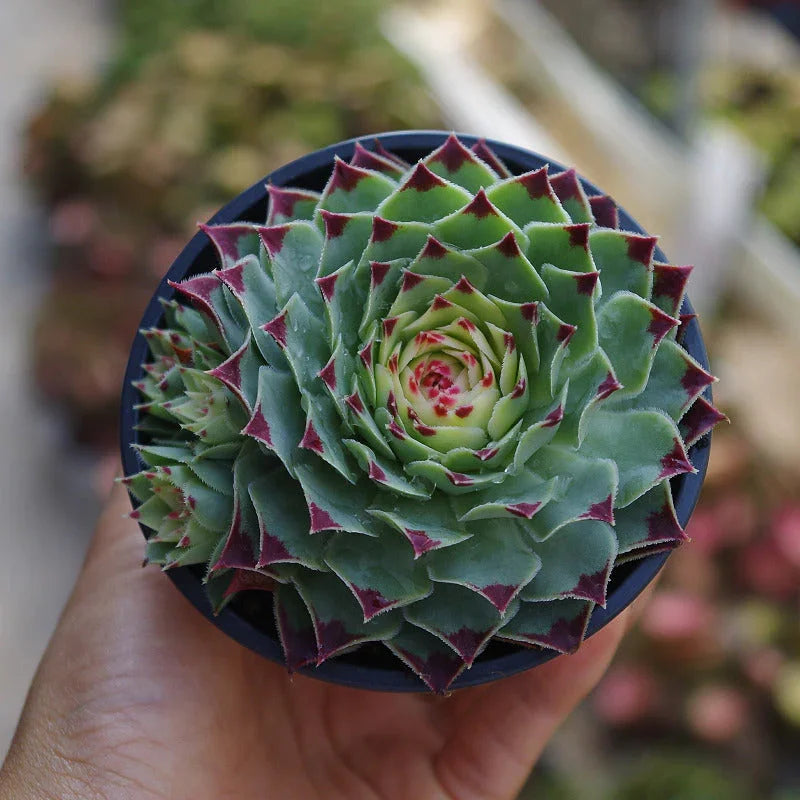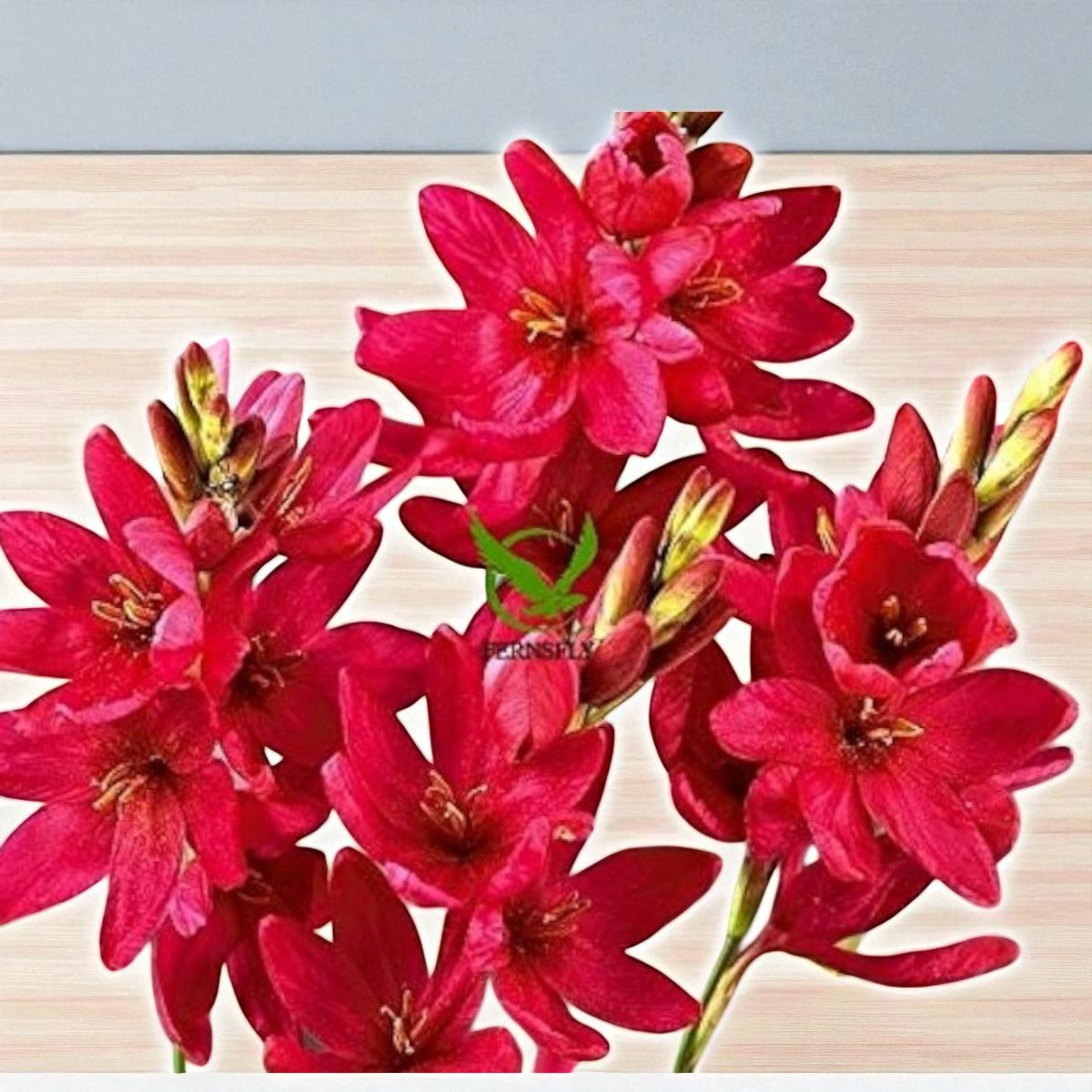
How to grow and care for Sempervivums
Grounds-keepers who take the "generally simple" move toward will cherish sempervivium plants. Sempervivum care and upkeep are nearly task free and their beautiful rosettes and solid nature are stand outs among the nursery. In addition to the fact that the plants blossom with disregard yet they produce counterbalances, or new plants, each season that are easy to isolate and develop as new examples. Peruse on to get some sempervivum data, and figure out how to develop and really focus on these astonishing plants.
Sempervivums:
Plants that take a ton to develop, like orchids, are a gatherer's fantasy however their fastidiousness and explicit requirements take a ton of significant investment to maintain. For us lethargic grounds-keepers, sempervivum offers remarkable structure and magnificence with next to no of the work. Take a stab at developing these delicious plants on a rockery, vertical wall, or even on driftwood. Sempervivum developing circumstances are just restricted by great waste and daylight. So you say you have a hot, dry spot in the nursery with rough or dirty soil and low fruitfulness? What would it be a good idea for you to plant? This sounds like wonderful sempervivum developing circumstances. Besides the fact that these pleasant minimal high succulents flourish in can locales that would make most different plants faint, however they duplicate and blossom easily. Sempervivum produces rosettes in a large group of shades. They are low developing and versatile to most soils however favor full sun and a well-depleting medium. A significant number of the assortments produce star-molded blossoms in pink, red, or sometimes yellow. The spiky leaves are managed with green, red, purple, or even covered in fine gossamer hairs. For sheer variety of structure, size, and variety these plants are great in a large group of circumstances.
Instructions to Develop Sempervivum Plants
Developing plants without any preparation is a genuinely simple cycle with most plants, yet if you need to develop sempervivum from seed you should know a couple of stunts. The underlying system is simple and like any seed. Sow seeds in 2 inch (5 cm.) pots on the outer layer of the dirt. Simply press them into the dirt. The seeds need light to grow and temperatures of somewhere around 70 degrees F. (21 C.). On the off chance that they don't grow in four to five weeks, the specialists say to place the pots in the fridge for two to about a month and rehash the sun and temperature conditions. By and large, the seed will develop and you will get little rosettes over the long run. The interesting piece is that when you develop sempervivum from seed, the plants may not be exactly as expected, as they will generally hybridize without any problem. You will in any case get a few fine and fascinating plants, simply not a similar structure as the parent. The most straightforward method for developing sempervivum plants is to isolate their counterbalances. These will be clones of the parent and have a kick off on life. Obviously, you can likewise buy nursery plants as well.
Sempervivum Care and Support
Sempervivum plants favor well-depleting fertilizer with 25 to half sand or other coarseness. They might fill in plate, in ground, on wood, or in rock heaps. When laid out, the plant's need no further consideration - much of the time. Most of sempervivum are ice solid yet in the event that you like to grow an assortment that isn't, plant it in a pot or level and move inside for winter. Sempervivum are monocarpic, and that implies that once a rosette blossoms, it kicks the bucket. Take out the dead rosette and fill the opening with coarse soil. The plant will rapidly fill in any unfilled spots with counterbalances. Note: Assuming you wish to know how to develop sempervivum from seed, you first need to collect it. Whenever blossoms are spent, a little, dry, seed-filled natural product is delivered. Eliminate these cases and permit the natural product to dry totally prior to pounding and eliminating the seeds. Refrigerate or cool the seeds for a considerable length of time prior to planting.

